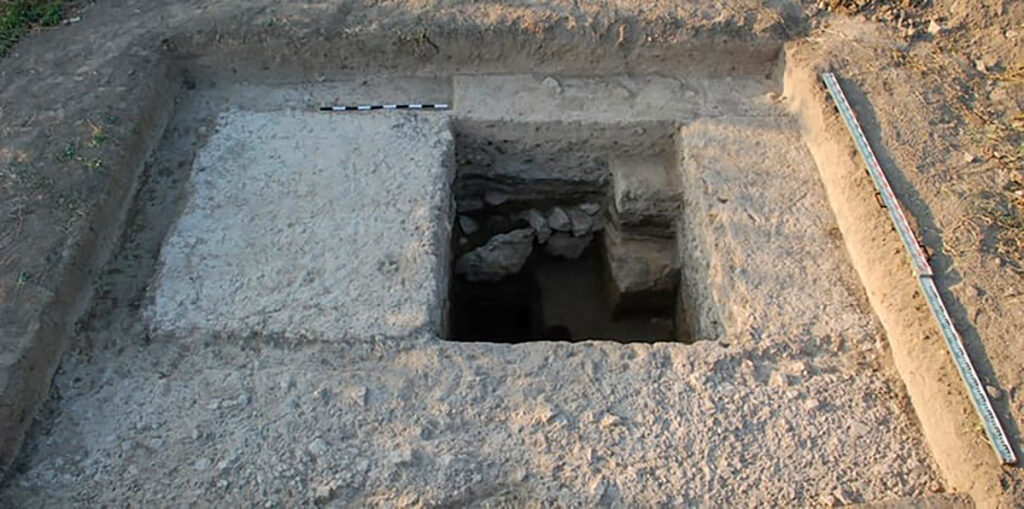Easternmost Roman Aqueduct Unearthed By Experts In Armenia
Archaeologists have unearthed what they claim to be the easternmost aqueduct ever built by the Roman Empire.
Researchers from the National Academy of Sciences of the Republic of Armenia and from the University of Munster in the state of North Rhine-Westphalia in Germany, say they have discovered the remains of the arched aqueduct in the ancient Armenian city of Artaxata.
Excavation of the aqueduct began in 2019 and the University of Munster released a statement detailing the findings of the study that followed yesterday (15th November).

Professor Achim Lichtenberger of the University of Munster said that the aqueduct was constructed by the Romans between 114 and 117 AD.
The Roman Empire, at the time, had planned to make Artaxata the capital city of a province of the Empire in Armenia.
Aqueducts were a cornerstone of Roman cities and towns, as they were used to bring water into the populated territories from the sounding areas.
The aqueduct’s construction in Artaxata took place during the reign of Emperor Trajan, during which the Roman Empire reached its territorial peak.
Trajan was considered a successful military ruler who oversaw the second-greatest military expansion in the history of the Roman Empire, after Augustus.
Torben Schreiber, the paper’s co-author, said that the construction was never actually completed, as Trajan died in 117 AD and the next emperor, Hadrian, gave up the province of Armenia, leaving the aqueduct half-completed.
Hadrian ruled from 117 to 138 AD and abandoned many of his predecessor’s expansionist military campaigns including the one in Armenia, resulting in disapproval from much of the empire’s elite.
He is known in Britain for having built Hadrian’s Wall, which served as a marker for the northernmost point of Roman-controlled Britannia.
The researchers concluded from the findings that the incomplete aqueduct in Armenia is evidence of the empire’s failure to expand into the region.
The excavation, which began in 2019, took place as part of a project called ‘Artaxata in Armenia – Fieldwork in a Hellenistic Metropolis in the Ararat Plain’, which has been underway since 2018 and involves collaboration between German and Armenian experts.

In excavating the aqueduct, the experts used a variety of methods drawn from the fields of geophysics, archaeology, archaeoinformatics and geochemistry.
Geomagnetic examinations were carried out to locate areas of interest in Artaxata, then samples were taken using drills to pinpoint the aqueduct’s location.
Dr Mkrtich Zardaryan, a co-author of the study, said that satellite and infrared imagery was then used to chart the path of the aqueduct’s pillars.
Samples were then taken from the soil near the construction site, which were dated to between 60 and 460 AD, which led the researchers to conclude that it was most likely built during Emperor Trajan’s reign.
The full study was published under the title ‘Failed Roman Imperialism. An Unfinished Roman Aqueduct at Artaxata in Armenia’ in the online journal IDAI in November.


